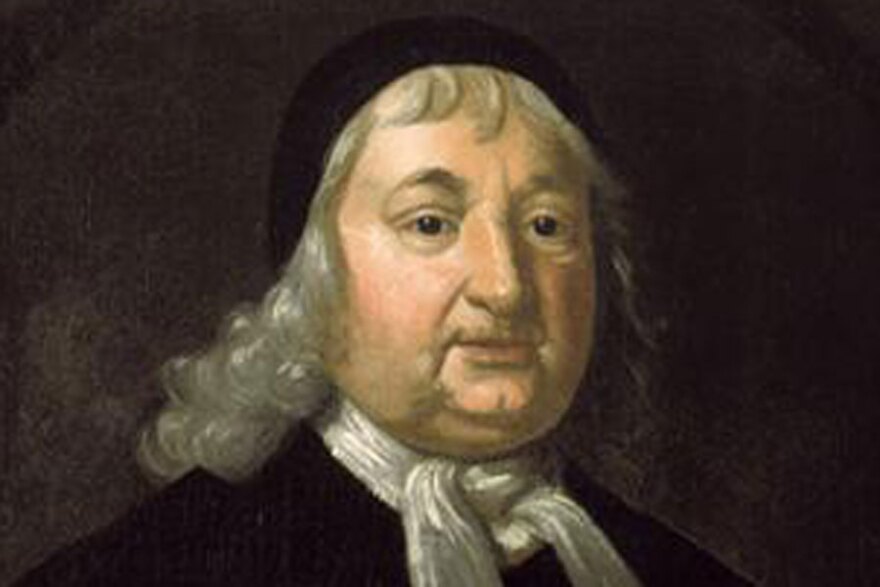He was the author of one of the famous diaries that shed light on American history: Who is Samuel Sewall?
The diary contains detailed records of his life and reflects his efforts to live godly and well. Just as he noted the sweets he bought for a woman he was flirting with, he also recorded their discussions about doing noble and expensive things, such as wearing a wig and driving a horse-drawn carriage.

The type of writing that is easier to read than religious poems, which are full of references to the Bible, are historical and worldly narratives that convey real events and use vivid details. Governor John Winthrop's Journal (1790) is the best source of information about the Massachusetts Bay colony and the political theory of the Puritans.
Samuel Sewall's Diary, which records the years between 1674 and 1729, is both lively and interesting. He fits the pattern of early New England writers that we see in Sewall, Bradford, and Taylor.
Samuel Sewall (March 28, 1652 – January 1, 1730) was a judge, businessman, and printer in the Province of Massachusetts Bay, best known for his involvement in the Salem witch trials, for which he later apologized, and his essay "The Selling of Joseph" (1700), which criticized slavery. He served for many years as the chief justice of the Massachusetts Superior Court of Judicature, the province's high court.
Born in England, Sewall was brought to the colony as a child. He settled in the Boston area and graduated from Harvard, where he worked in legal, administrative, and religious work.
Sewall was born late enough to see the transition from the strict religious life of the early Puritans in the New England colonies to the commercial prosperity of the later, more worldly Yankees. Samuel recorded this transition without realizing it in his diary, which has been compared to Pepys's English diary of the same period.
Like Pepys' diary, Sewall's contains detailed records of his daily life and reflects his efforts to live godly and well. Just as he noted the sweets he bought for a woman he was flirting with, he also recorded their discussions about doing noble and expensive things, such as wearing a wig and driving a horse-drawn carriage.
Like Taylor, Michael Wigglesworth was an English-born, Harvard-educated Puritan minister who practiced medicine and was a notable New England colonial poet. His best-known work, The Day of Doom (1662), continues Puritan themes. This long story, often perceived as comic poetry of no literary value, was the most beloved poem of the colonial period in this horribly popularized version of Calvinistic doctrine.
Even though it was very bad as a poem, it was loved by everyone. It sparked a fascination with a horror story with the authority of John Calvin. For more than two centuries people memorized this tall, terrifying monument of religious terror; Children proudly recited it, and adults quoted it in their daily conversations.
